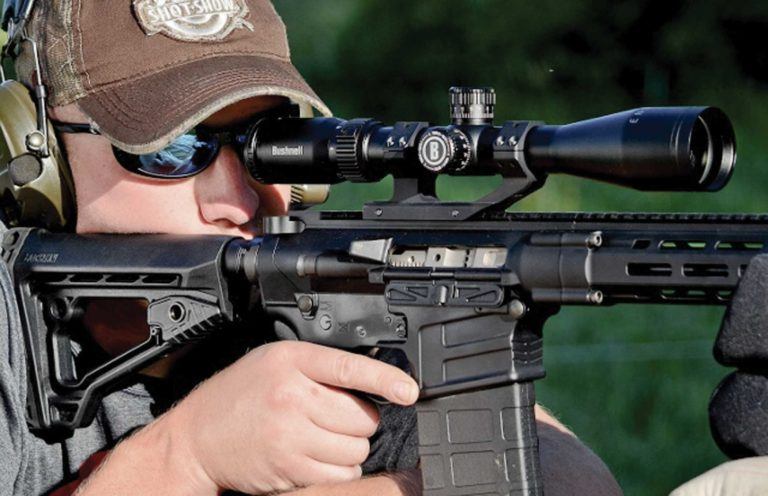
Most AR rifles utilize a direct impingement gas-operated system to cycle. Understanding this system is key to troubleshooting it.
How a DI goes about its business:
- A majority of ARs operate off the direct impingement cartridge gases.
- The system consists of a port, block, tubes and a gas key.
- A small amount of gas is siphoned after a round is fired and is diverted to cycle the rifle.
- Generally reliable, the system can have a number of issues that can make it malfunction.
Editor's Note: This is the first article of four-part series dealing with direct impingement operated ARs and troubleshooting the gas system.
Not to be confused with gasoline, the gas-operated AR functions by using a portion of the propellant gases created by the discharge of the cartridge. The gases are directed back through a system of ports, blocks, tubes and a rotating bolt, and it ultimately compresses a spring to cycle the AR’s action. This efficient system functions to reload the weapon each time it’s fired and also to reduce recoil. It does have some drawbacks, which we’ll dive into later.

Functionally, the direct impingement system is a circular sequence that runs as long as the operator continues to pull the trigger and exhausts the ammunition. After the first round is fired, the process starts on the barrel where a small hole, or gas port, vents a portion of the gas discharged after the projectile passes. The gas is vented into a gas block that regulates the amount of gas fed back into the action through tubes that run parallel to the line of the rifle’s bore. The gas block may be fixed or adjustable, and in some ARs it can be tuned like the carburetor on a car.
Lean or rich, the gas then passes through a gas tube into the gas key staked to the top of the bolt carriage group. This gas key absorbs the punch of the gas’s discharge, pressing the bolt carriage group back into the buffer and buffer spring, which are located in the rifle’s butt stock. The buffer spring compresses to the rear while, simultaneously, the bolt extracts and ejects the fired cartridge casing.
When the compressed spring recoils, the bolt carriage group travels forward, picks up another round from the magazine, and then reloads and re-cocks the weapon as it returns to battery. The rifle is now ready to fire another round when the trigger is depressed.
So what does the average shooter need to learn from all this engineering? First, the AR’s successful function depends upon re-direction of the appropriate amount of this discharge gas. Second, this system, though generally reliable, has failure points that can be tough to spot. And finally, the “magic gas” this system depends upon is hot, dirty and filled with carbon and unburnt powder that, over time, will impact the function of the parts and the system as a whole.
Editor's Note: The article originally appeared in the May 2018 issue of Gun Digest the Magazine.

Next Step: Get your FREE Printable Target Pack
Enhance your shooting precision with our 62 MOA Targets, perfect for rifles and handguns. Crafted in collaboration with Storm Tactical for accuracy and versatility.
Subscribe to the Gun Digest email newsletter and get your downloadable target pack sent straight to your inbox. Stay updated with the latest firearms info in the industry.

![Best Concealed Carry Guns In 2025 [Field Tested] Wilson Combat EDC X9S 1](https://gundigest.com/wp-content/uploads/Wilson-Combat-EDC-X9S-1-324x160.jpg)


![Best 9mm Carbine: Affordable PCCs [Tested] Ruger Carbine Shooting](https://gundigest.com/wp-content/uploads/Ruger-Carbine-Shooting-100x70.jpg)
![Best AR-15: Top Options Available Today [Field Tested] Harrington and Richardson PSA XM177E2 feature](https://gundigest.com/wp-content/uploads/Harrington-and-Richardson-PSA-XM177E2-feature-100x70.jpg)
